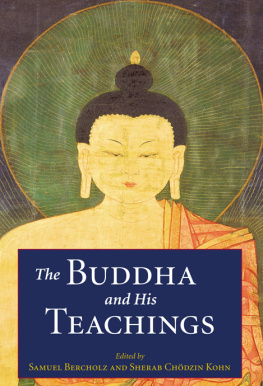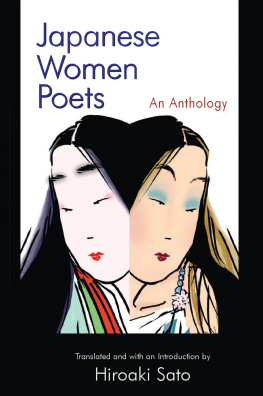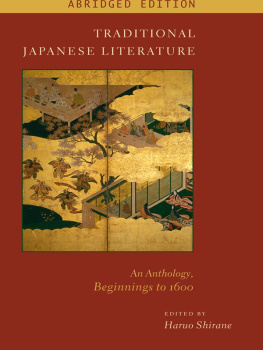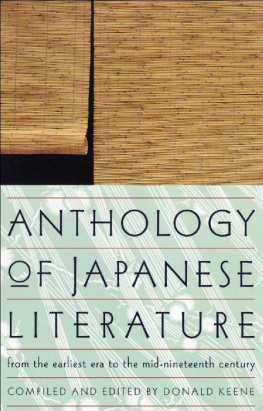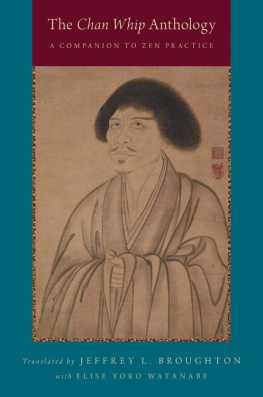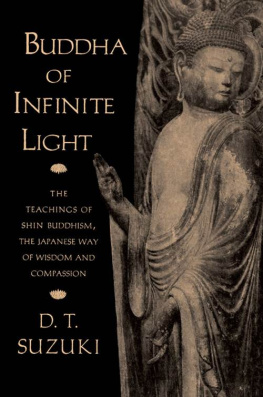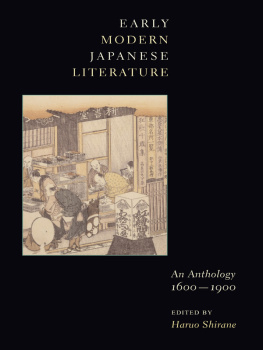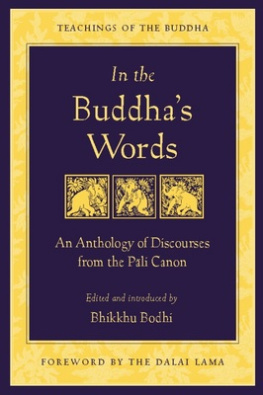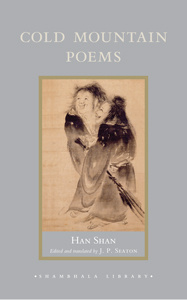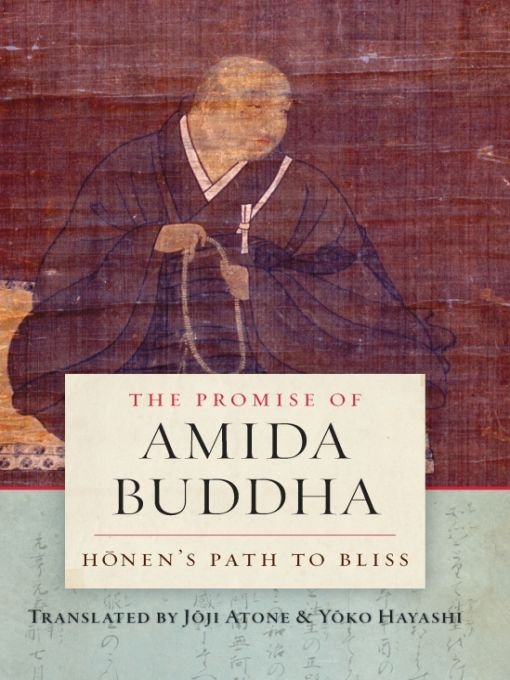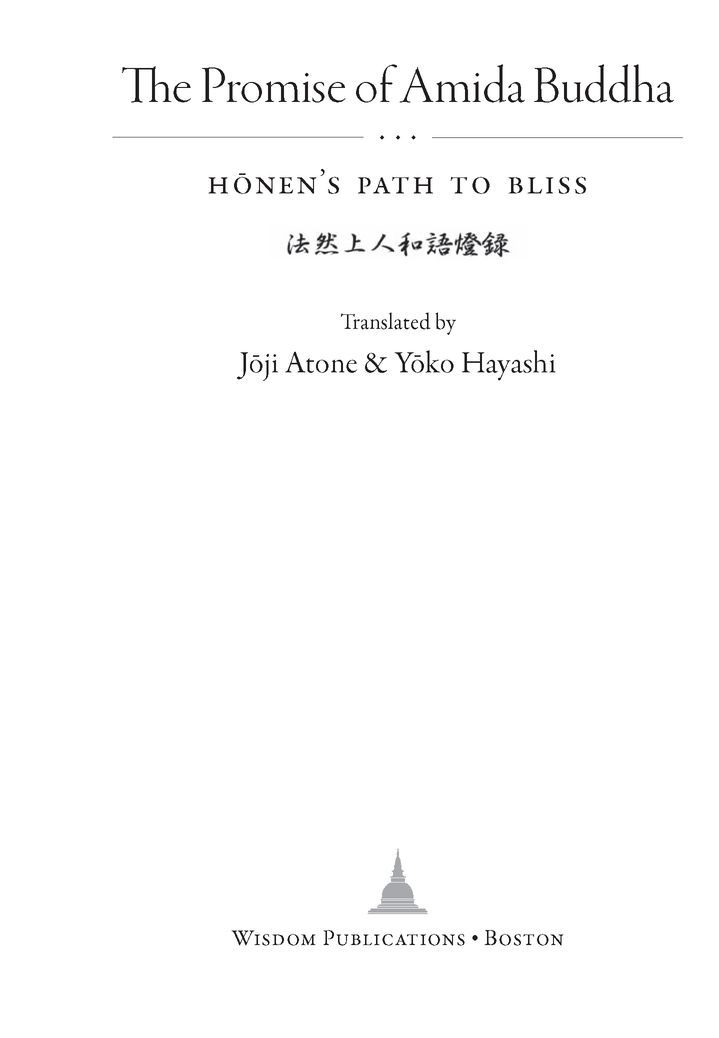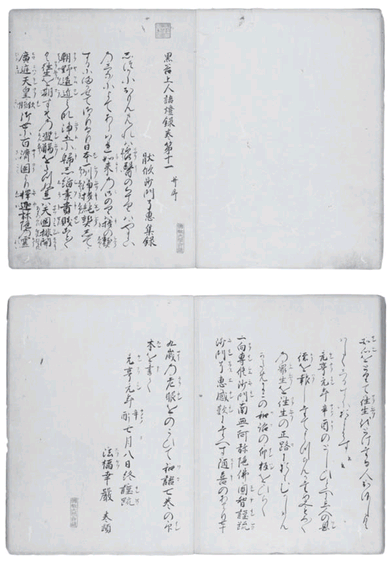Table of Contents
Collected Teachings of Kurodani-shnin: The Japanese Anthology (Wago Troku). In the collection of Bukky University in Kyto, Japan.
Foreword
The Promise of Amida Buddha: Hnens Path to Bliss is the first English translation of the Genk edition of the works of Hnen-shnin composed in Japanese. This collection, generally known as the Japanese Anthology (Wago Troku), was compiled by Rye Dk in 1275. I congratulate Bukky UniversityLos Angeles Extension for introducing this tremendously important work to Western readers.
Traditionally, Buddhist practitioners have attempted to seek inner truth through various types of meditation, such as concentration and insight (amatha-vipayan). These meditative practices are extremely difficult for lay people to pursue, for they were originally designed for monastics and other full-time practitioners. Pure Land Buddhism, in contrast, was designed for the deliverance of the masses. Hnen (11331212), founding master of the Japanese Pure Land school, closely observed human nature, and he became convinced that all mortals are filled with worldly passions and negative karma binding them to the perpetual transmigration of birth and death. He surmised that most people do not have the capacity to awaken through their own efforts. Relying instead on the powerful compassion of Amida Buddha, however, allows people to attain deliverance through birth in his Pure Land. For this reason, Hnen encouraged busy lay people to rely on Amida Buddhas compassion and recite his name so as to attain birth in the Pure Land.
This publication is significant and timely for Bukky University because its spiritual foundation is based on the teaching of Hnenshnin. We are celebrating the eight-hundred-year memorial anniversary of Hnen-shnin this year, and in the following year commemorating the one hundredth anniversary of the founding of Bukky University. This precious and arduous work by Jji Atone and Yko Hayashi will be cherished by all.
Ryzen Fukuhara, Litt.D., Former President
Nobuyuki Yamagiwa, Litt.D., President
Bukky University, Kyto, Japan
Twenty-fifth of January, 2011
Preface
The Promise of Amida Buddha: Hnens Path to Bliss introduces Hnens compassionate and humanistic Pure Land thought to Western readers. Originally composed over eight hundred years ago in Japan, translation of Hnens enormous work into straightforward modern English was a challenging task that required more than ten years of effort and investigation. I believe this work will greatly benefit scholars, students, and religious practitioners, as well as the more general audience of those interested in Eastern thought.
I would like to express my sincere gratitude to the professors, friends, and associates who made the completion of this work possible. The late Prof. William R. LaFleur of the University of Pennsylvania, Dr. Alfred H. Bloom of the University of Hawaii, and Dr. Glenn T. Webb of Pepperdine University gave me valuable suggestions regarding the usage of both Buddhist and Christian terminologies. Dr. Jack D. Van Horn of the College of William and Mary, Dr. Minoru Kiyota of the University of WisconsinMadison, and my Japanese teachers gave me special guidance in the importance of critical examination of the subject matter.
In addition, Mrs. Yko Hayashi, M. Ed., co-translator of this work, provided invaluable expertise, and I am grateful to David Kittelstrom of Wisdom Publications for proficiently editing this work. Finally appreciation goes to my wife Lori Atone, who supported me in many ways to accomplish this project. Without their encouragement and help this publication would not have come to fruition.
Joji Atone, Ph. D.
Introduction
AT THE RISE of the Kamakura period, Hnen-b Genk (11331212, hereafter Hnen or Genk) established his distinct Pure Land school of Mahyna Buddhism called Jdo Sh in Japan. It was based upon the Pure Land tradition of the Chinese monk Shan-tao (61381), the systematizer of Chinese Pure Land Buddhism. Hnens teachings drew strong resistance from the established Buddhist schools of his time, but today the Pure Land practice descending from Hnen and from his disciple Shinran (11731262) is the most widespread form of Buddhism in Japan.
Buddhism teaches the way to awaken to universal truth in order to realize buddhahood. Buddhist practitioners are traditionally said to pursue over many lifetimes the highest religious states of either an arhat (one who has eliminated all worldly passions and attained nirva) or, in Mahyna Buddhism, a bodhisattva (one who strives for enlightenment in order to save all suffering beings). Hnen had followed the Mahyna tradition, observed the bodhisattva perfections, and experienced the state of samdhi, or tranquility full of insight. But he became dissatisfied with leaving the pursuit of enlightenment to an elite who were able to endure the rigorous discipline of the bodhisattva perfections, and he turned his efforts instead to the deliverance of the populace, who did not have the opportunity or will to engage in long term austerities or studies. After coming upon the teachings of Shan-tao, Hnen became convinced that the masses could realize deliverance by merely reciting the sacred name of Buddha Amida (Sanskrit: Amitbha or Amityus).
Hnen taught that all ordinary men, women, and childreneven wrongdoerswithout distinction as to sex, age, status, or education would be able to be born in the Pure Land through reciting Homage to Amida Buddha or Namu Amida Butsu. This recitation is called nembutsu. Once born in the Pure Land, practitioners could complete the bodhisattva perfections without difficulty, realize enlightenment, and eventually attain buddhahood. Unlike other traditional Buddhist schools, Hnens Pure Land Buddhism articulates a posthumous enlightenment: the attainment of birth in the Pure Land presupposes eventual enlightenment there. He encouraged each individual to develop deep faith in Amida Buddha and recite nembutsu continually until his or her last moment.
The consistent theme of Pure Land Buddhism is the acceptance of human fallibility. Both Shan-tao and Hnen, despite reaching the highest religious states through ascetic exercises, professed to still being common mortals with worldly passions. Those passions had caused their endless rebirths in the six delusive worlds of the cycle of birth and death, or sasra, and they were unable to detach from those illusory worlds without relying on the compassionate power of Amida Buddha. The understanding that human nature is weak, ignorant, and karmically burdened is a basic tenet of the Pure Land faith, and this recognition in turn nurtures unshakable faith in the compassion of Amida Buddha. For if one is not able to attain enlightenment through ones own efforts, it becomes essential to rely on the power of a compassionate force greater than oneself. Aspiration for birth in the Pure Land and the recitation of Amidas name are based on a deep understanding of this.


